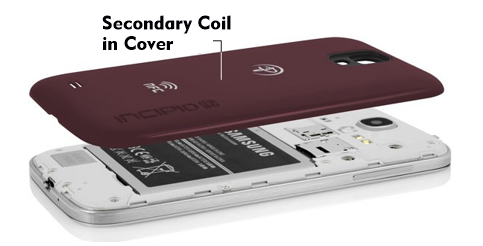magnetic resonance (MR)
In wireless power transmission, two principles have emerged that can be used to transmit power wirelessly: magnetic resonance (MR) and magnetic induction( MI). Both methods use magnetic fields to transfer energy between the energy transmitter, which is the Power Transmitting Unit( PTU), and the energy receiver, the Power Receiving Unit( PRU).
Various factors of the resonant coils such as the Q factor, magnetic flux, coupling factor, resonant frequency, coil orientation, coil shape and the distance between the two coils, the primary and the secondary, are crucial for the quality of the energy transfer. These factors directly affect the losses and efficiency of energy transfer in both methods.
The magnetic resonance method, unlike the magnetic induction method, has more degrees of freedom in the positioning of the two energy-transmitting coils. In order to maintain resonance, the control must be very precise. Efficiency decreases significantly as the distance between the coils increases. In addition, accurate impedance matching via Impedance Matching Networks( IMN) is required. The required quality factors are between 50 and 100, and the resonance frequencies are in the frequency range between 1 MHz and 10 MHz.
The magnetic resonance method for wireless power transmission and wireless charging technology is used and further developed by the Alliance for Wireless Power( A4WP), WiTricity and Power by Proxy.

